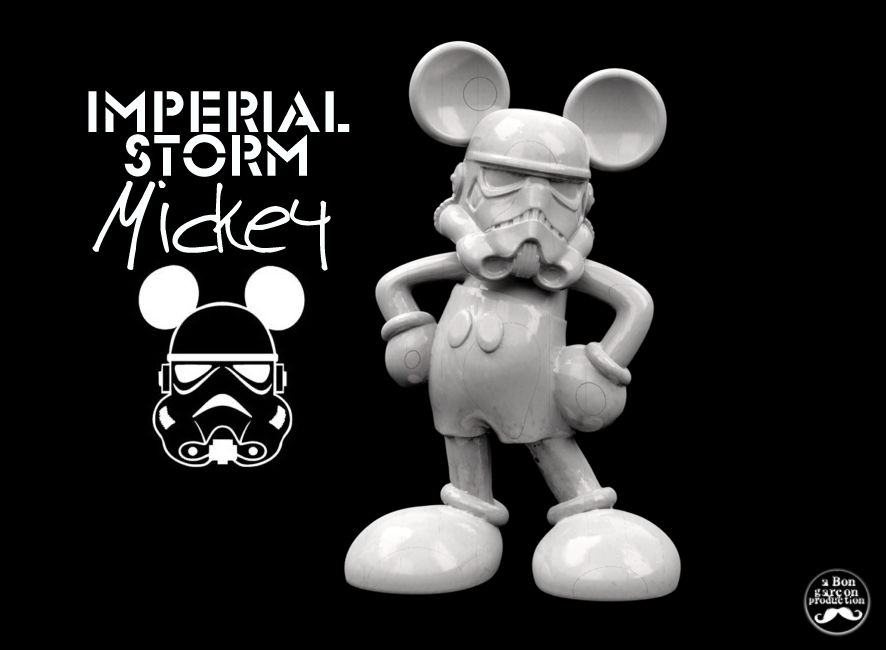The Walt Disney Company has published a patent outlining a proprietary method for 3D printing objects that are unable to be replicated by 3D scanning.
Disney characters and figures are popular in the 3D printing community, particularly the infamous Yoda head, and it seems Disney is looking a way to prevent unauthorised reverse engineering with their patent.
Interestingly, not only does the patent suggest Disney is concerned about 3D printed imitations of its characters and figurines, the patent application also reveals Disney is exploring the use of 3D printing itself as a means to manufacture models.

Anti-scanning filament
The published patent describes a production method which uses an FFF 3D printer and an anti-scanning filament which, as Disney explains, “is a plastic mixed with an anti-scanning additive such as a retroreflective material.”
Using this material, Disney explains the 3D printed object would include “one or more scan protected exterior surfaces on at least one element of the 3D object. The scan protected exterior surfaces are either light absorbing or reflect light in unconventional directions.”
As a result of 3D printing with the filament, the subsequent object – when scanned – has floating parts and would not be printable without major remodelling.

Reducing imitation
The patent claims that 3D printed objects are considerably easier to scan – and subsequently copy -when they are themselves 3D printed. Disney explains “a person with a 3D printer may copy nearly any 3D object even without access to the digital file originally used by a manufacturer.”
Disney states this can also be an issue irrelevant of the original manufacturing technique, “it can be difficult for a company distributing collectables and other 3D objects, such as plastic figurines of movie and animated film characters, to prevent unlicensed copying.”
Disney is of course not the first company to voice such concerns and researchers at New York University Tandon School of Engineering have, for the same reasons, developed a method of protecting 3D files by inserting deliberate mistakes in the .stl files.

Disney’s 3D printing future
Disney currently offers customers the opportunity to purchase 3D printed Star Wars models on the online Disney Store’s ‘3D Print Studio‘. The company uses 3D printing manufacturing bureau Shapeways to produce the objects but perhaps in the future Disney is planning to develop its own 3D printing production method. Disney has also recently filed a patent for 3D printed soft robots which further suggests the company is looking to implement the 3D printing as a manufacturing technique into business operations.
As a result of the patent Disney may be hoping to introduce its own 3D printing service, similar to the current 3D Print Studio. The 3D Print Studio allows users to create their own Disney model and have it 3D printed for them. Importantly, Disney would use the anti-scanning material to prevent users from then reproducing and distributing the resulting objects themselves.
For all the latest 3D printing news, subscribe to the most widely read newsletter in the 3D printing industry, follow us on twitter and like us on Facebook.
Featured image shows Figure 1 which illustrates the proposed FFF production process with anti-scanning filament. Image via Disney.



